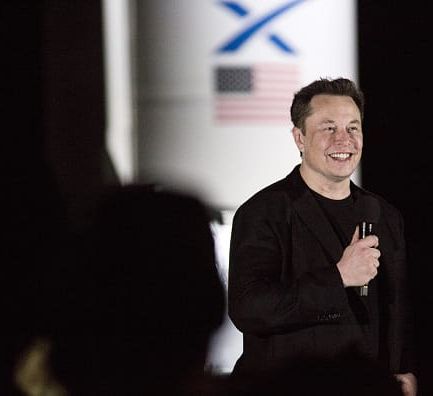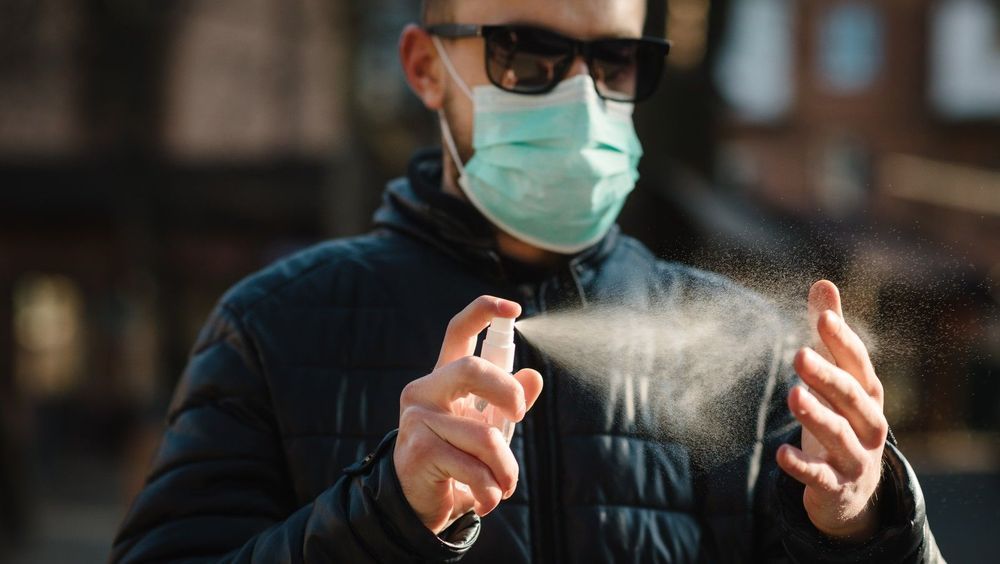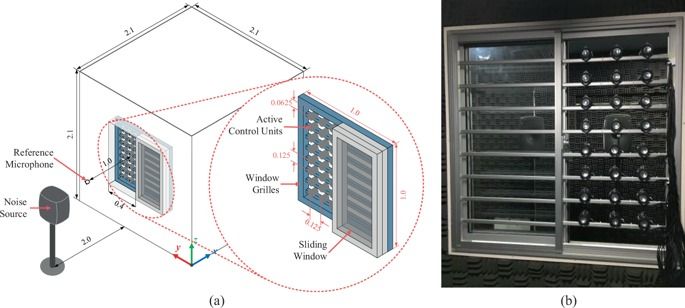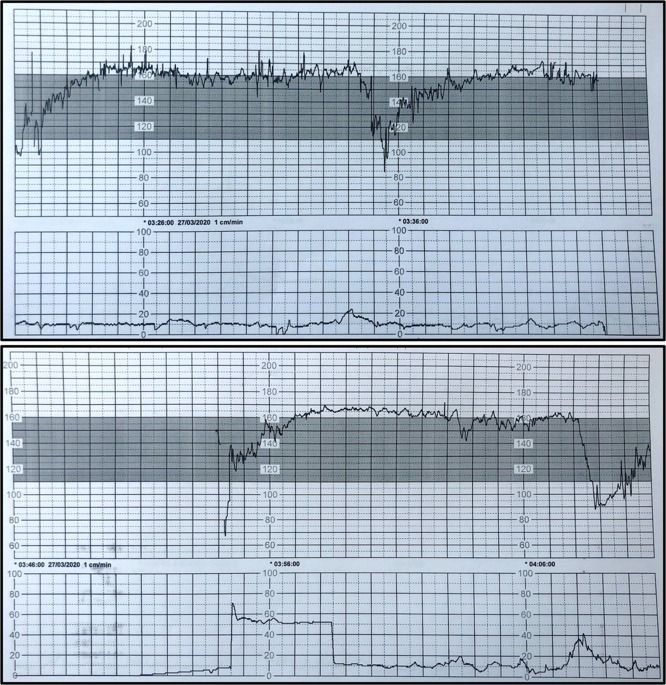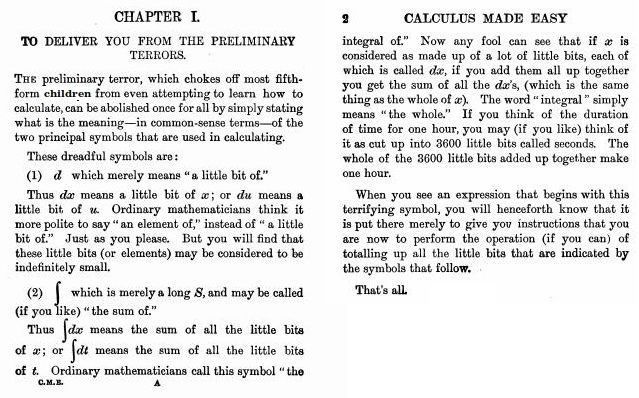Elon is unique.
At age 17, Elon Musk left his home in South Africa and moved to Canada, where he enrolled at Queen’s University in Kingston, Ontario. During his freshman-year in the fall of 1990, Musk befriended Navaid Farooq while living in the same dorm, according to the book “Elon Musk: Tesla, SpaceX, and the Quest for a Fantastic Future,” by Ashlee Vance.
Farooq, a Canadian who grew up in Geneva, bonded with Musk over their backgrounds abroad and their interest in strategy games, according to the book. Living in such close quarters, Farooq learned a lot about Musk, including what Farooq sees as his defining trait.
“When Elon gets into something, he develops just this different level of interest in it than other people,” Farooq said in Vance’s book. “This is what differentiates Elon from the rest of humanity.”
